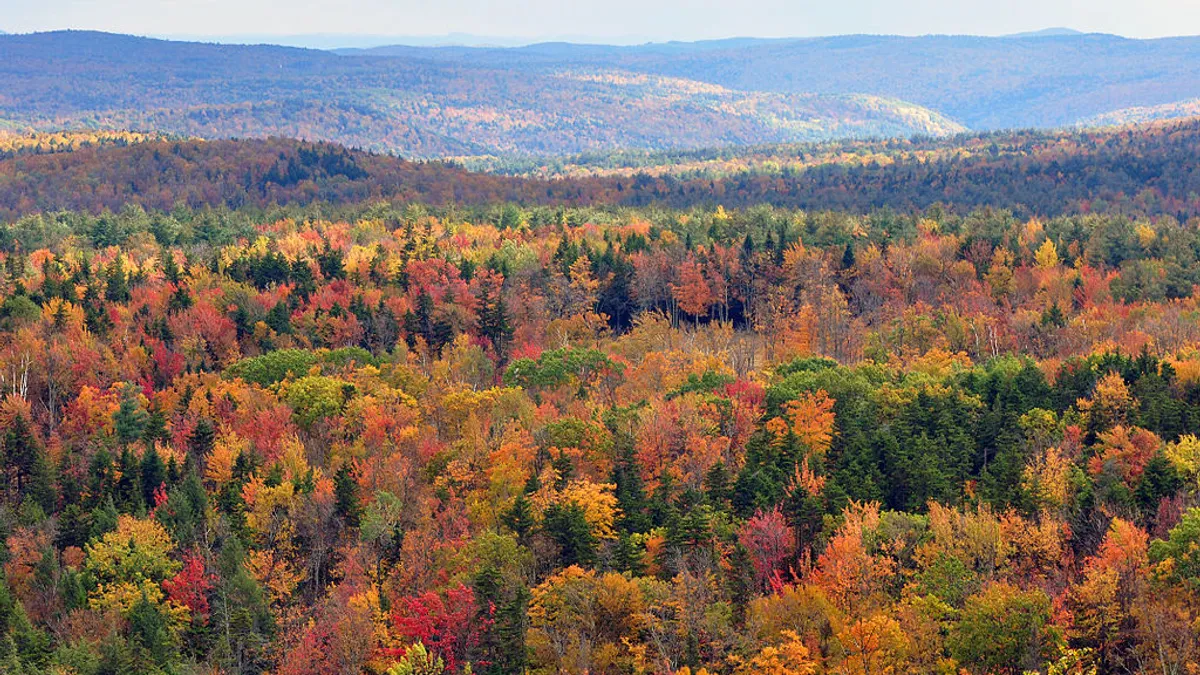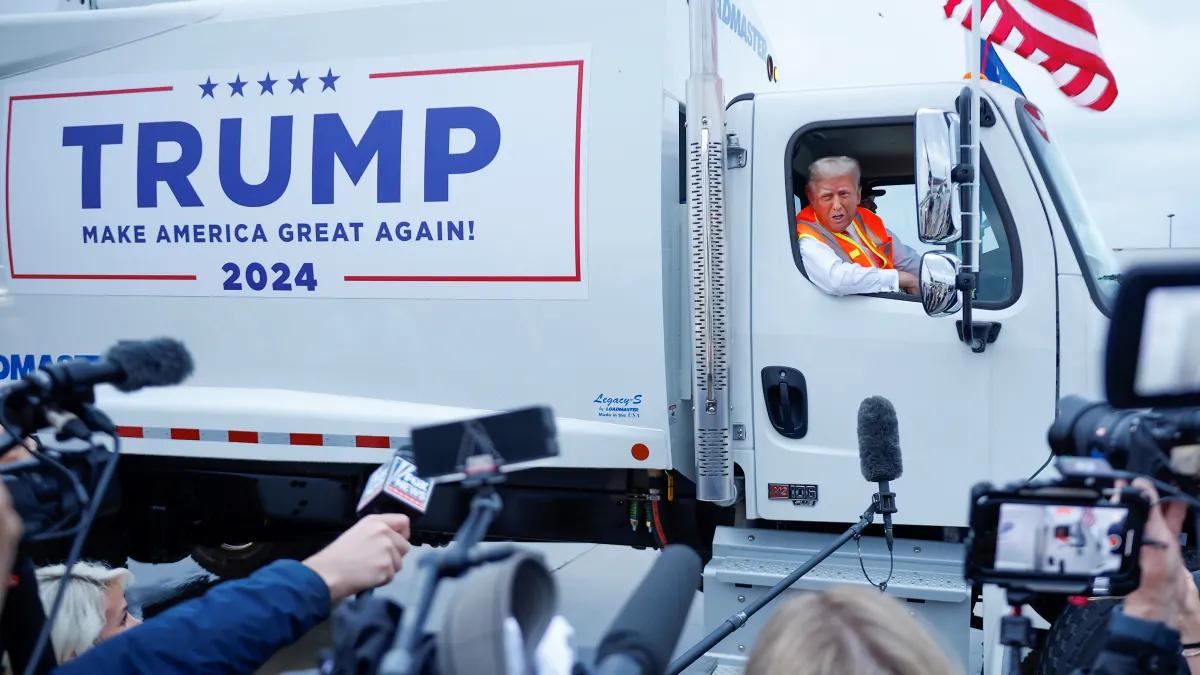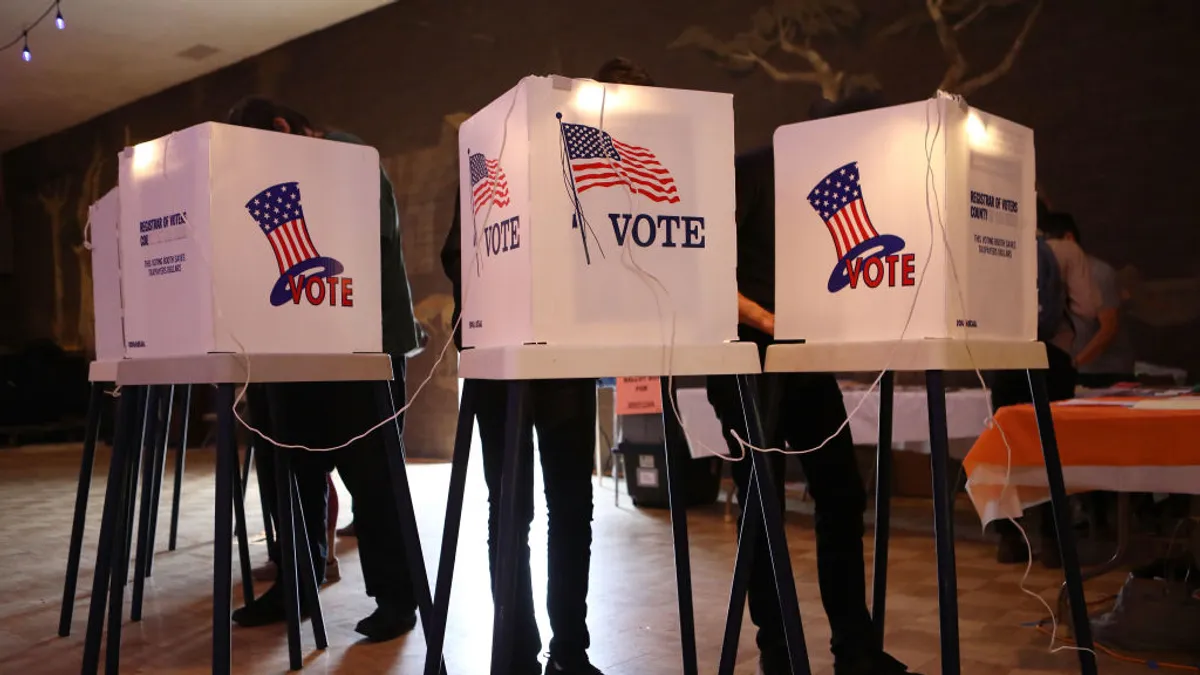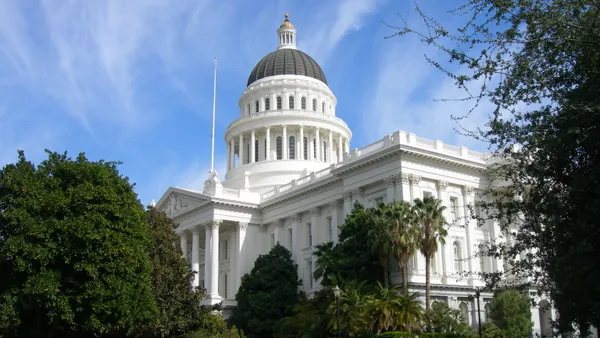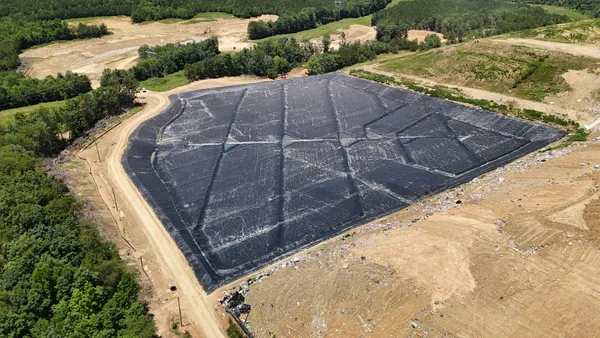Dive Brief:
- Based on a new status report from the Vermont Department of Environmental Conservation (DEC) the state's 2012 Universal Recycling Law has led to notable results on landfill diversion. Between 2014 and 2015 disposal rates were down 5% and diversion rates increased by 2%, as reported by the Burlington Free Press.
- Food donation increased 40% between 2015 and 2016, with a significant increase in fresher items such as fruits, vegetables and frozen meat. The Fresh Rescue Program now has 40 partner sites throughout the state.
- The state aims to boost its current diversion rate of 35% to 47% by 2022. DEC estimates that the law will have led to a 37% reduction in greenhouse gas emissions by then.
Dive Insight:
Since this law took effect all Vermont municipalities and solid waste districts have adopted some form of a pay-as-you throw system. Recyclables and yard waste have been banned from landfills, the number of public recycling bins have increased and large generators have been required to divert their organic waste. By July 2020 organic waste will be banned from landfills entirely.
While some businesses and municipalities have raised concerns about the requirements, any reports of fines for noncompliance have been rare. Though once haulers are required to offer organics collection in July 2017 ahead of the 2020 landfill ban, it's possible that new challenges could arise.
During a recent conference, an assistant waste reduction manager from one of Vermont's solid waste districts raised the point that new education methods are needed to get residents on board with organics diversion. The process of collecting and managing organics is more complicated — and more expensive — than it is for standard recyclables. Helping people understand this may not be easy, but it will be important if Vermont hopes to achieve its diversion goals.



